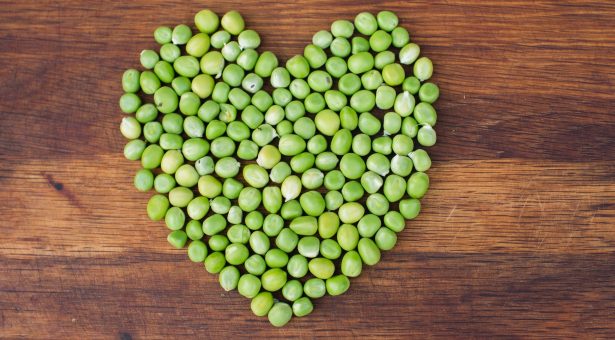Geneticists find pea quality controls

Legumes, such as peas, are an economically important source of protein for food and animal feed, and there has been a constant drive to improve the content and quality of protein in these crops.
Targeted breeding programmes have faced difficulties, due to the complex genetic basis for these traits.
Recent research by Claire Domoney’s group, supported by the Defra-funded Pulse Crop Genetic Improvement Network (PGIN) and the Biotechnology and Biological Sciences Research Council (BBSRC) has uncovered some of the genetic controls that determine these qualities, which could provide robust genetic markers for future breeding programmes.
For animal feed, digestibility is an important trait, and previous work by Dr Domoney and colleagues mapped a genetic location in Pisum sativum (peas), called the Tri locus, that has an important role in determining this.
Using material from the John Innes germplasm collection they produced nearly identical lines, differing only in the region around the Tri locus.
In subsequent work with these near isogenic lines (NILs) they also found that there was a difference in the nitrogen content. This was found to be an effect of a linked genetic region, the Vc-2 locus.
Vc-2 is involved in producing vicilin, the major storage protein in peas.
Analysis of the near-isogenic lines showed that when one of a number of related genes at the Vc-2 locus is disrupted the protein content in the seed was lower.
This research facilitates the use of robust and reliable genetic markers for the Tri and Vc-2 loci that will accelerate breeding for quality and composition of protein in pea seeds.



